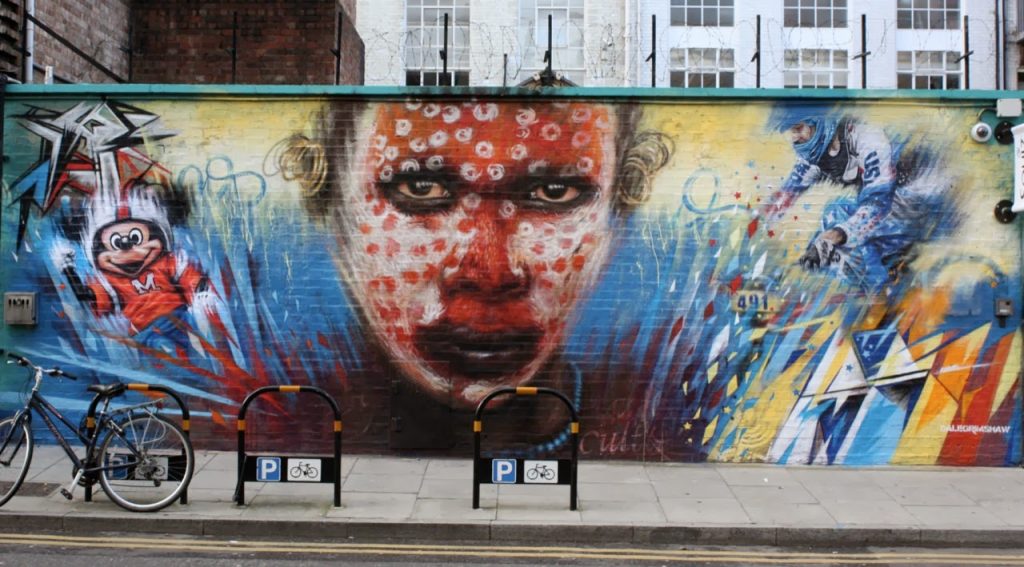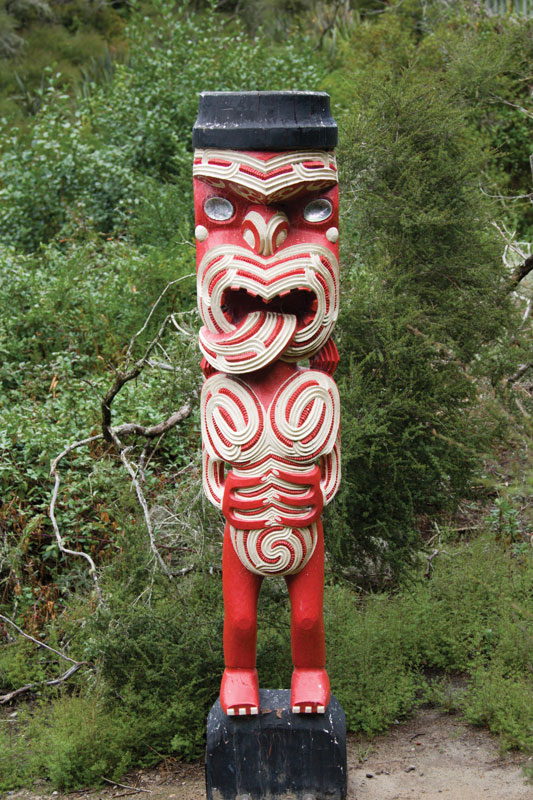By Dan B. Shaw
Where in the world does creativity thrive the most? Canva looked at four countries selected as some of the “most creative” in the latest ranking of the Global Creativity Index and found that the US, UK, Australia, and New Zealand contributed around $1 billion in total last year to their respective governmental art programs, which seek to inspire and encourage art and creativity that in turn further build their economies.
The data shows that the UK has invested over 300% more government funding of their central arts programs than the US and has increased funding by 11% over the past 10 years. Australia has increased investment into their arts programs by 18% and New Zealand by 33% while the US remains the same as it was 10 years ago with no increase in funding.
This means that federal funding in the US is just $0.47 per capita compared to the UK which is $9.46 per capita, Australia which is $5.2 per capita, and New Zealand which is $5.8 per capita.

However, this has not affected the revenue they have witnessed in their creative industries, with the US creative industry worth a massive $804 billion, followed by the UK at $130.6 billion and Australia and New Zealand at $58.7 billion and $2.4 billion respectively.
Canva also investigated the number of creative art degrees completed in the four countries over the past 10 years and found:
- The number of completed visual and performing arts degrees in the US has risen by 7% since 2006-07
- The number of completed creative arts & design degrees in the UK has risen by 17% over the past 10 years
- The number of completed creative arts degrees in Australia has risen by 21% over the past 10 years
- The number of completed creative arts degrees in New Zealand has dropped by 0.5% since 2009.
These increases mask the threats to creative industries and creativity across the world. Terry Flew, Professor of Creative Industry Studies, Queensland University of Technology in Brisbane, Australia, says, “If there is a global economic downturn, this will disproportionately affect the creative industries. The challenge of digitalization is strong, too, but I also think that imagination exists to make this work, if digital platforms can be convinced (or compelled if required) to be supportive.”
He also cited policy indifference as one of the largest threats to creative industries and creativity across the world at present: “The resurgence of populist nationalism is also an issue, since cultural and creative exports tend to be connected with a more cosmopolitan mindset and openness to cultures from around the globe. They also face existential threats from the power of digital platforms, and their capacity to control distribution to the detriment of content creators.”

But despite challenges, countries can still thrive, and even without the hefty funding as in the US and the UK. Some regions cannot afford to invest into the creative industries or have various other demanding priorities to address. Professor Flew speaks about the bottom-up nature of some regions, such as Nollywood in Nigeria: “Lack of development is also often tied to problems in state capacity, such as corruption or excessive military spending, which in turn inhibits development. In these regions, CCI development is often bottom-up in nature, for example Nollywood cinema in Nigeria – a key challenge is to “formalize” these often informal sectors while retaining their market dynamism.”
Developing creative regions such as Latin America and Africa does seem to be showing some strong positive movements. The British Council’s report on the Brazilian Creative Economy found that there are one million creative jobs in Brazil and 200,000 creative businesses that account for 2.64% of its GDP—an almost 70% increase in the last decade. This is growing at an annual rate of 4.6% per year–more than double the growth of Brazilian economy overall. Fashion is the leading creative industry, followed by music, film and online media, which are all growing in Brazil. Meanwhile, Africa has one of the youngest populations in the world, and the growth of digital and mobile technology and systems means there’s many opportunities for progress powered by creative minds.

As Professor Flew mentions, Nigeria’s booming film industry, named Nollywood, has become the second largest film industry in the world, producing around 1,500 films every year–definitely an impressive number. Over a million people are employed in the industry, making it the country’s largest employer after agriculture, while also making close to $600 million annually, highlighting the wealth of creativity and demand for consuming it across the continent.
Indeed, the worldwide streaming service Netflix, worth billions of dollars, and a juggernaut of creativity and distribution online, has acquired films made in Nollywood and has even been inspired by Africa. They have recently announced the release date of “Queen Sono”, an spy show which will ”showcase an African aesthetic onscreen that the rest of the world has never had a chance to see… exploring the origins of contemporary trends through African eyes and the breadth of ideas that this vast continent has to offer,” according to Dorothy Ghettuba, head of International Originals for Africa at Netflix.

With African art and creativity clearly in high demand, I spoke to the founder of Afripedia, a website where African creatives worldwide can collaborate, create opportunities and inspire the next generation. “While producing the Afripedia series, it became evident that there was a significant group of talents across the continent who had remained underrepresented in the global creative industry,” explains Teddy Goitom, who co-founded the Afripedia project alongside Senay Berha. “Our aim is for Afripedia to serve as the premier search engine to find the best creative talents of African descent, a platform for creative collaborations across Africa and her diaspora, and a global employment pool for future top talents,” says Goitom.
Creativity drives success in every country that supports it. Whether it comes from government sources or independent organisations, investing in arts and culture has a significant beneficial impact on countries as a whole. And with this comes the growth, innovation and fresh ideas that will shape the global society of the future.

About Dan B. Shaw
With many family members working inside the world of art as designers, students and graffiti artists, Shaw has been inspired by artists and creativity his whole life, and remains an interested observer of all things art, using inspiration from all around him to draw on in his current path of digital and marketing.
Canva is a graphic-design and publishing tool for designers and non-designer alike. Canva seeks to inspire creations for use in a wide variety of industries. As advocates for creativity and innovation all over the world, Canva conducted this research to explore, understand, and highlight how important the creative industry is for people everywhere, and what more can be done to open up the doors of creativity for aspiring creatives globally.



1 Comments
I believe they are not taught properly. Art is not a followed system, art is creativity, following orders on how to do it instead of doing it your own way is not art.